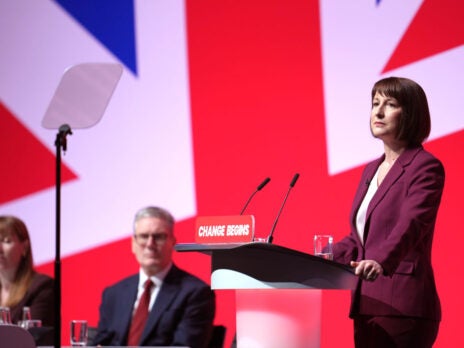
When the General Election was called I reckoned that the Conservatives were just a margin of error from oblivion. Canada in 1993 – where the Conservatives were reduced from a healthy majority to a humiliating two seats – is not merely a dramatic analogue, but something we should seriously consider. As we approach the final few days of the election campaign, the polls haven’t necessarily disabused us of this likelihood. It is possible but it is still unlikely.
My model – and a few others – currently point to Labour winning in excess of 400 seats. The Conservatives could be reduced to anything between 60 and 190 seats. The Liberal Democrats are looking at a margin between 30 and 70 seats. Reform could come away with no seats, or up to 20. And the Greens should plan for somewhere between zero and four. The broad contours are easy to predict, but at a granular seat-by-seat basis it becomes far more complicated: the chances of the Conservatives taking 167 seats is just as likely as the party taking 17.
In more than a dozen seats Reform are just a margin of error (and a bit) from winning. If the Conservative base splits and 30 per cent head to Reform (as YouGov suggests), then Nigel Farage's gamble will have paid off handsomely. This will provide him with a powerful argument about the future of the Conservative Party and right wing politics in Britain. The probability of Reform pipping the Tories for total seats is extremely unlikely, I would bet against it, but it isn't nothing.
The Liberal Democrats have had a very good election campaign. Their range is somewhere between 37 and 76 seats, and they are encroaching on Conservative territory. Of the 86 seats they have a fighting chance in, all but one are currently Tory held. In around 40 to 50 of these seats, a Liberal Democrat win will be a result of a Conservative collapse rather than a Lib Dem surge.
The Greens, meanwhile, are only really competitive in four seats. But my model finds they have more than a one per cent chance in nine seats. On the Isle of Wight they have a presence, but we don’t yet have any evidence to say they’re a serious challenger.
These are the numbers a few days before polling day. I do not expect a dramatic change in the headline numbers. In polling, and modelling, it is forever better to promote ranges of possibility, as opposed to definitive, single figures for easy headlines. The margin for error is not just academic eye-candy. It is a necessity. The question to ask now is whether the Conservatives are facing a 1997 style wipe out, or somehow something even more apocalyptic than that.


